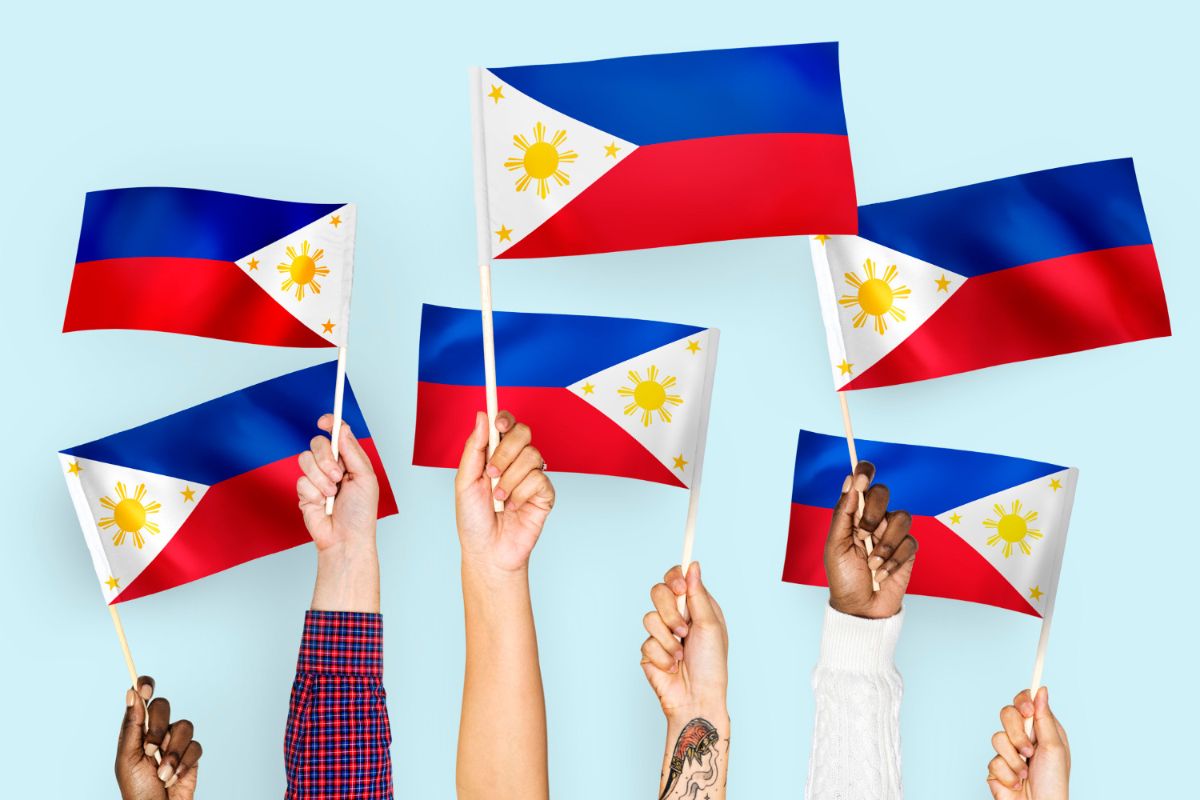The Philippines, an archipelagic country in Southeast Asia, has been continuously expanding its electronic visa (e-Visa) system since it first launched in 2023. What started as a pilot project limited to Indian travellers has now grown into a broad digital entry program that reaches Asia, Africa, the Middle East, and Europe.
For travellers, this shift means fewer embassy visits, faster visa processing, and easier access to the Philippines for both tourism and business. Let’s break down how the system works, who can apply, and what you need to know before booking your trip.
How the Philippines e-Visa Started
The pilot rollout began in 2023 with India. Over the following years, the program gradually expanded to include the UAE, Indonesia, Kenya, and Nigeria.
By mid-2025, more regional partners such as Japan, South Korea, and Singapore were added. This was a major step, given the Philippines’ strong tourism and trade ties with these countries.
Now, the biggest leap forward came in September 2025 when the program officially reached Europe.
New Additions in Europe
On September 29, 2025, Philippine embassies confirmed that the e-Visa is now available to citizens and residents of:
- France (including Monaco)
- Austria
- Greece (including Cyprus and North Macedonia)
- The Netherlands
This marks the first time the Philippines has extended its e-Visa program to European travellers.
Full List of Countries Eligible for the Philippines e-Visa
As of October 2025, travellers holding citizenship or valid residency in the following countries and territories can apply for a Philippine e-Visa:
- Austria
- France (+ Monaco)
- Greece (+ Cyprus, North Macedonia)
- India
- Indonesia
- Japan
- Kenya
- Netherlands
- Nigeria
- Singapore
- South Korea
- United Arab Emirates
This list is expected to grow further, as Philippine authorities regularly hint at new additions once the system proves technically and diplomatically stable.
What the e-Visa Covers
Currently, the e-Visa only applies to the 9(a) Temporary Visitor’s Visa, which allows stays of up to 59 days for tourism or business purposes.
Key details:
- The e-Visa cannot be converted into another visa type.
- Extensions cannot be processed locally.
- Other visa categories (student, work, or long-term residence) must still be applied for through embassies or consulates.
Philippines e-Visa Fees
The cost depends on nationality. All fees include a $25 convenience charge.
For Austria, France, Greece, Indonesia, Japan, Netherlands, Singapore, South Korea, UAE:
- 3 months, single entry: $55
- 6 months, multiple entries: $85
- 1 year, multiple entries: $115
For India, Kenya, Nigeria:
- 3 months, single entry: $65
- 6 months, multiple entries: $105
- 1 year, multiple entries: $145
Processing Time
Processing times for the Philippines e-Visa vary depending on the type of visa you apply for.
- Single-entry visas: 7–12 business days
- Multiple-entry visas: 15–21 business days
Travellers are encouraged to apply well in advance of their planned trip.
How to Apply for the Philippines e-Visa
Applying for a Philippines e-Visa isn’t complicated, but you’ll want to follow each step carefully:
- Go to the official portal: Start your application at evisa.gov.ph.
- Create an account: Register with a valid email address so you can receive updates.
- Complete the form: Enter your personal details, passport info, and travel plans.
- Upload your documents: You’ll need a passport photo, the bio-data page of your passport, proof of accommodation, return flight details, and evidence of sufficient funds.
- Pay the fee: Payment is made online via bank transfer and must be completed within 48 hours of submitting your form.
- Submit your application: Double-check everything before hitting submit.
- Wait for processing: Keep an eye on your email in case authorities request more documents.
- Print your e-Visa: Once approved, download it and carry a printed copy when you travel.
Visa-Free Travellers Still Need to Register
Here’s an important detail many visitors overlook: even if you are from a country that enjoys visa-free entry to the Philippines (like Japan, South Korea, Singapore, or most EU nations), you must still complete the Philippine e-Travel form before arrival.
This online registration can only be filled out within 72 hours before departure. If you also need an e-Visa, the form should be completed only after your visa is approved.
For visa-free travellers, the standard stay is 30 days, which can be extended online for an additional 29 days.
Final Thoughts
The Philippines’ e-Visa expansion shows how fast digital travel systems are spreading worldwide. By including major Asian markets and now parts of Europe, the Philippines is making its entry smoother while boosting its tourism and business links.
If you’re planning a trip, check your eligibility, understand the fees, and apply early. And don’t forget that the e-Travel form, just as essential as the visa itself.
Follow and connect with us on Facebook, Twitter, LinkedIn, Instagram and Google News for the latest travel news and updates!
